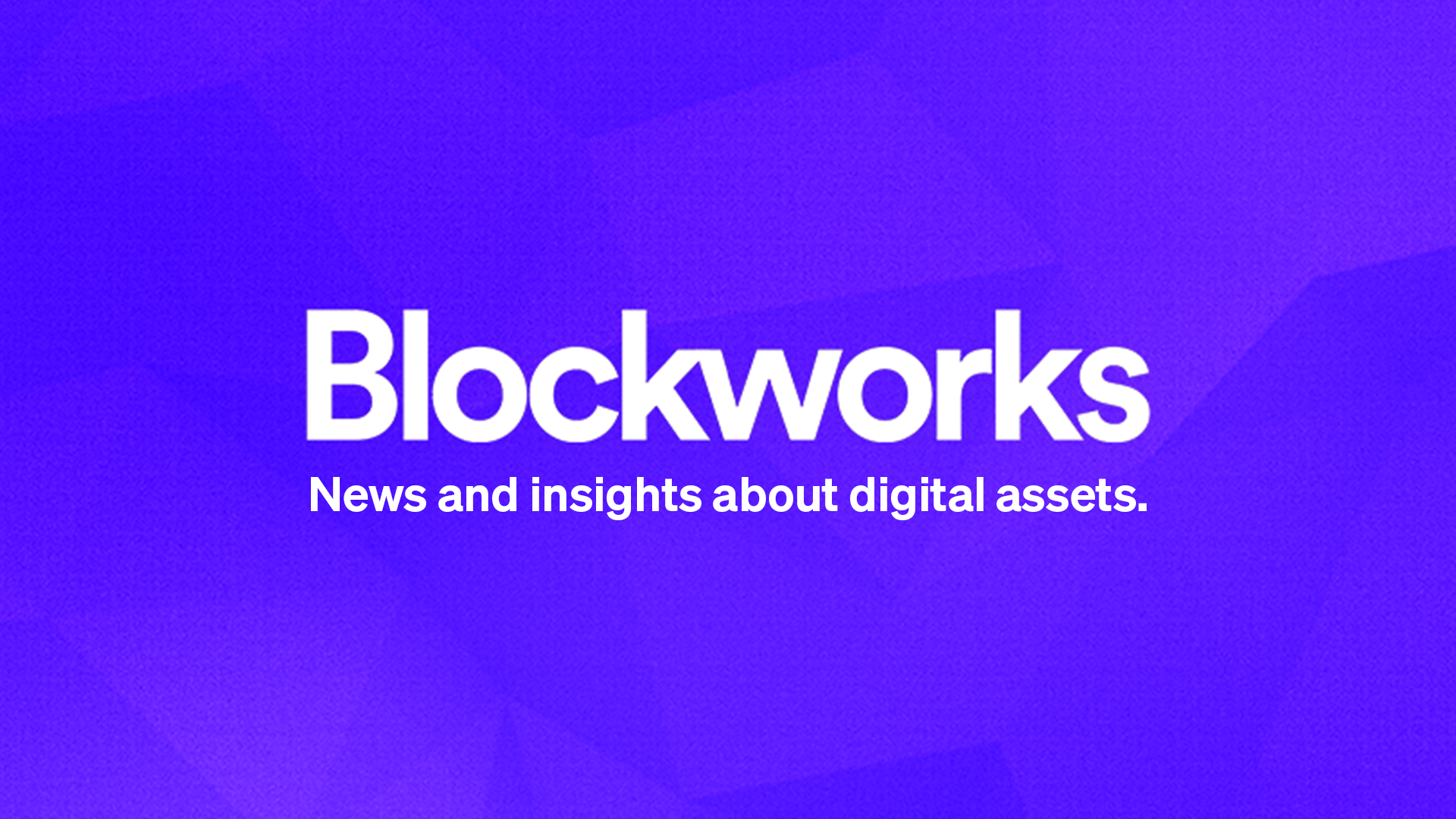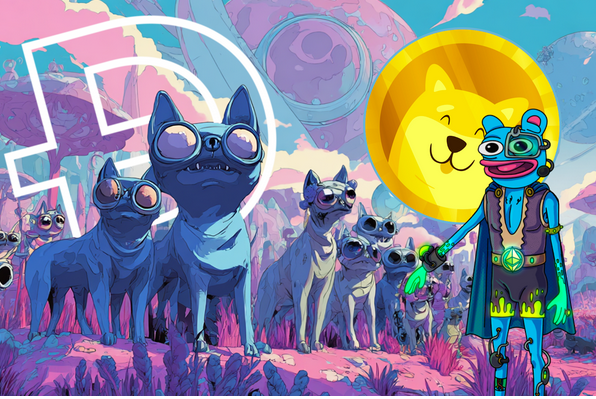ARTICLE AD BOX
Today, enjoy the Lightspeed newsletter on Blockworks.co. Tomorrow, get the news delivered directly to your inbox. Subscribe to the Lightspeed newsletter.
Narratives move quickly in crypto.
A month and a half ago, Solana Foundation head of strategy Austin Federa wrote on X that “Most of the L2-ish things on Solana are better thought of as Network Extensions.” The basic rationale is that while layer-2s are meant to scale Ethereum by running smart contracts more cheaply on different software, Solana is meant to scale at the base layer, and many Solana-centric networks are meant to do different things than the layer-1.
This kicked off an online debate mainly between Solana fans who agreed with Federa and Ethereum boosters who argued that Solana was simply rebranding the concept of layer-2s, which are a frequent topic of Solana ire.
Today, Neon EVM, a platform for deploying Ethereum-centric apps on Solana, formally adopted the “network extension” title. The move comes just a month and a half after the term made its public debut.
“Unlike an L2, Neon EVM doesn’t add an extra layer on top of Solana,” Neon EVM chief commercial officer Davide Menegaldo told me in a text. “L2s are built on top of a base Layer 1 blockchain to enhance scalability, they batch transactions before settling on the main chain, and they [fragment] liquidity as well as user experience.”
Neon EVM doesn’t do any of these things, Menegaldo argues, so it’s better thought of as a network extension.
When I asked Federa about his term, he said network extensions are meant to be a big-tent term that ditch the Ethereum-centric assumptions about what L2s are.
“Neon EVM is not an L2 on Solana, it’s a ‘L1.5’ because it’s its own VM but it can atomically compose with SVM stuff. What do we call that? It’s not a rollup, not an L2… [it’s] a network extension,” Federa wrote in a direct message.
Neon isn’t alone in embracing the term. Solana co-founder Anatoly Yakovenko voiced his support, and a co-founder of the high-throughput Ethereum layer-2 MegaETH said she liked the label.
L2s aren’t exclusively Ethereum’s terrain though. The Solana-based DeFi platform Zeta is building a layer-2 that uses a sequencer and follows a lot of the principles that go into Ethereum L2 design, the platform’s founder Tristan Frizza told me.
Zeta also has a similar mission to ETH L2s, which is to achieve lower latency than Solana’s 400 ms block times would allow, so Frizza feels “hesitant” to adopt the network extension term.
“I feel like it’s a Solana marketing term for L2s, but idk if there are other apps/chains that are genuinely completely different,” Frizza wrote in a text.
Helius CEO Mert Mumtaz also came out against calling L2-like projects on Solana network extensions, casting them as “too general.”
Instead, those debating semantics should “build something people need so crypto overall can grow the pie…hope this helps,” Mumtaz wrote.
Start your day with top crypto insights from David Canellis and Katherine Ross. Subscribe to the Empire newsletter.
Explore the growing intersection between crypto, macroeconomics, policy and finance with Ben Strack, Casey Wagner and Felix Jauvin. Subscribe to the Forward Guidance newsletter.
Get alpha directly in your inbox with the 0xResearch newsletter — market highlights, charts, degen trade ideas, governance updates, and more.
The Lightspeed newsletter is all things Solana, in your inbox, every day. Subscribe to daily Solana news from Jack Kubinec and Jeff Albus.
 10 months ago
459127
10 months ago
459127








 English (US) ·
English (US) ·